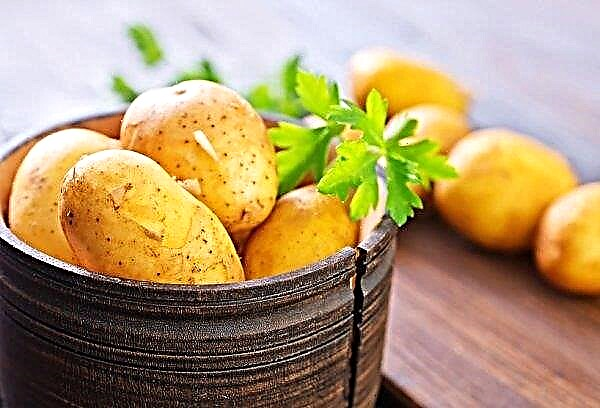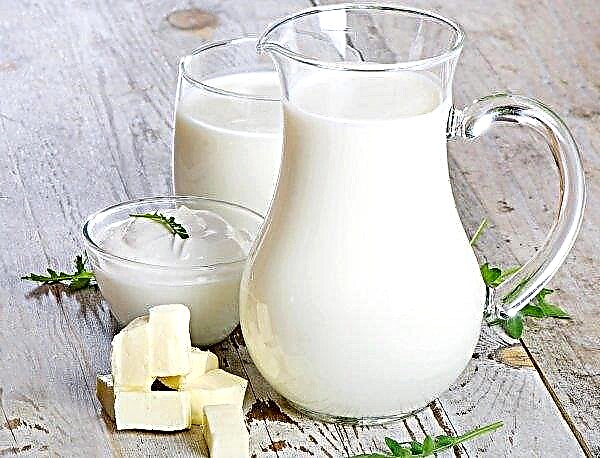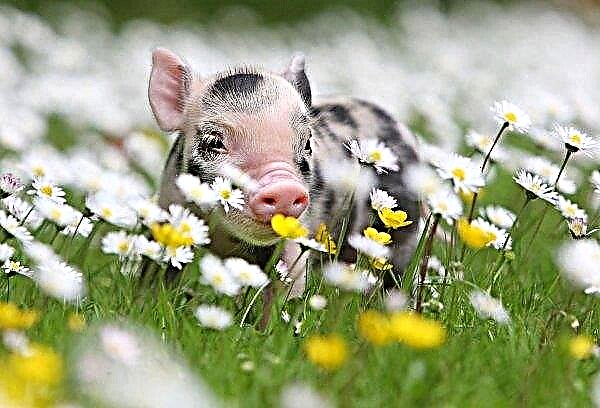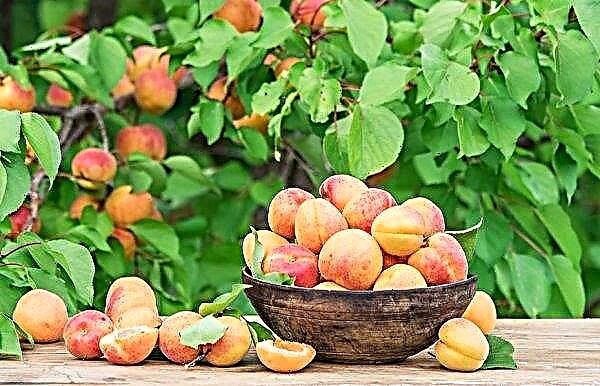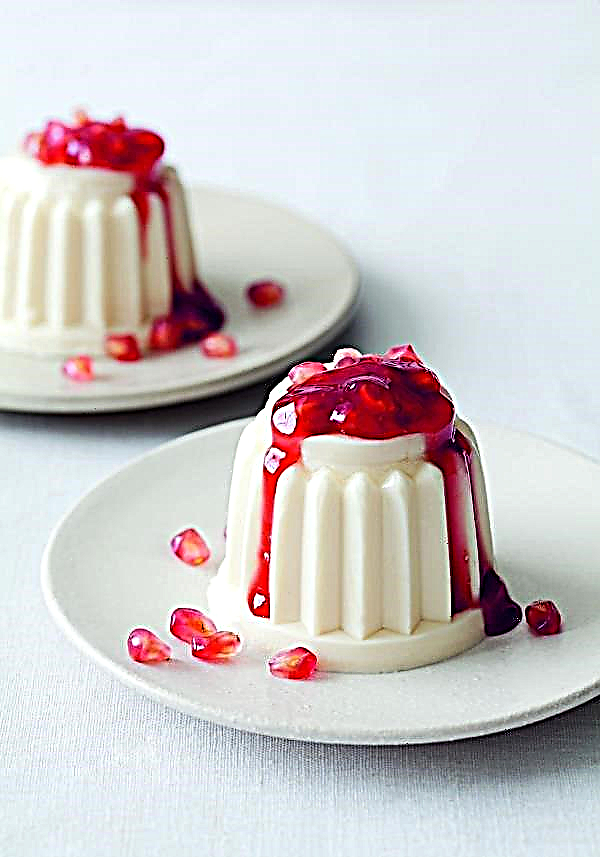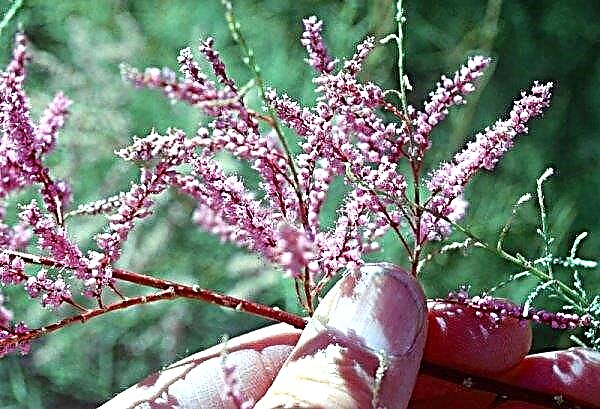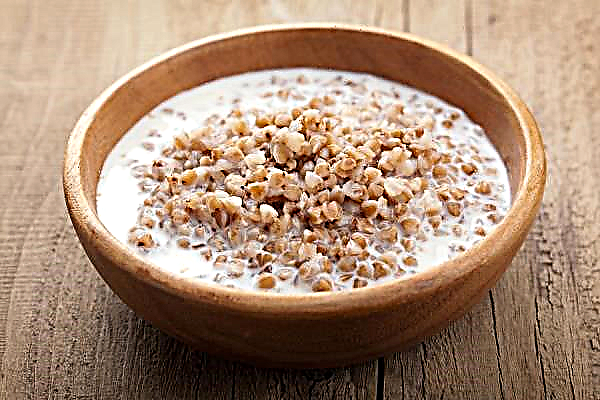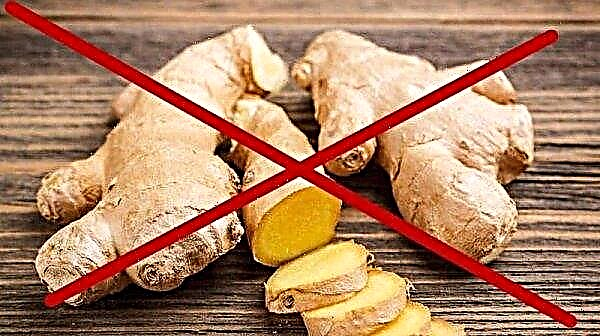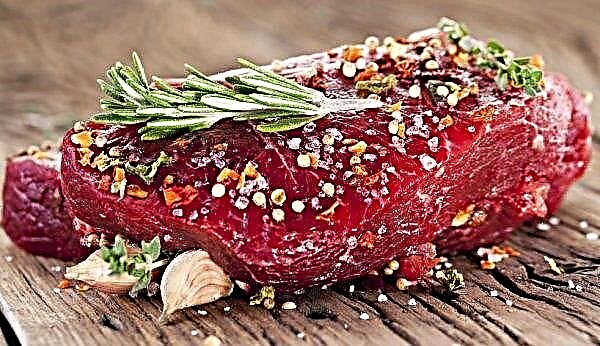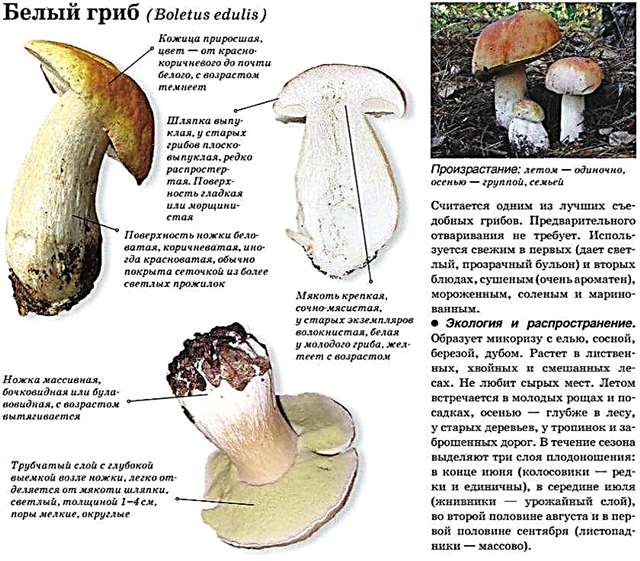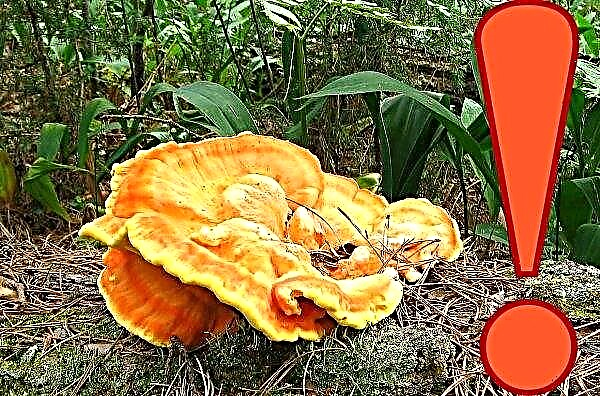Geranium (the scientific name is Pelargonium) was a great success and popularity among people of different circles and wealth just a few decades ago, then its prevalence decreased markedly. And now the geranium flowers again begin to appear more and more often on window sills and in gardens. It is understandable, because these flowers have a lot of wonderful properties, they always look appropriate and can be a wonderful decoration for both the home and any composition in the garden.
Features of care for geraniums
The main advantage of geraniums is its absolute unpretentiousness in content, so this flower is easily suitable for both beginners in floriculture and professionals. It is worth noting several factors that you should pay attention to when caring for a flower, to be able to constantly enjoy its flowering:
- Pelargonium does not like heat and easily tolerates cool air, but it is better not to allow the flower to be at temperatures below +10 ° C. The optimum temperature regime is + 12–20 ° С.
- Geranium loves the sun, so it will be better to feel on the windowsill on the south side. However, avoid direct sunlight - they will be harmful to her.
- To increase branching and make the bushes more lush, the upper shoots are removed from the top of the geraniums, i.e. pinch.
- For health and long flowering, geraniums require regular pruning and removal of dried flowers.
- In the warm period (spring and summer), geraniums require top dressing.

What is top dressing
During the stages of intensive development and growth, pelargonium is in dire need of top dressing - adding fertilizers to the soil containing all the additional necessary substances. Usually this period begins in late spring and lasts until mid-autumn on average. But it is worth remembering that in autumn and winter, in the absence of the necessary amount of light and heat - the main assistants of active growth and development - the flowers most of all need additional care. If you want your pelargonium to please you with magnificent flowering all year round, it needs constant feeding.
Did you know? Today, about 250 varieties of geraniums are known, but at home, three species are most often found: zonal, fragrant and royal.
General feeding rules
Despite its unpretentiousness, in order for the geranium to feel comfortable and keep the flowering period as long as possible, it is necessary to familiarize yourself with some nuances. Competent flower growers indicate several features of the correct introduction of fertilizing:
- It is undesirable to introduce top dressing of geranium, which has been in the sun for a long time. High temperatures for this flower are stressful, so before fertilizing you need to rearrange the flower in the shade and let it rest for about an hour, and then water it a little.
- In order to avoid burns of the root system with fertilizers, the plant should be watered before dressing.
- Depending on the season, fertilizers are introduced into the soil with different intervals: during the period of active growth and development (spring and summer), it is necessary to feed the soil with fertilizers once every 2-3 weeks, during the cold season, top dressing is either removed completely, or, to maintain flowering, the necessary dose is halved.

How and what to feed geranium for lush flowering at home
Fertilizing is advised to be introduced into the soil immediately from the moment of the plant transplantation process, to which geranium is initially negatively related. Depending on what soil is used for planting this flower, choose the desired fertilizer complex. If a substrate is used (i.e., prepared soil, consisting not only of peat, but also already saturated with all necessary microelements for effective growth and proper development), then as a top dressing it is enough to add a small amount of magnesium sulfate and nitrogen.
Recommended Reading

If the soil composition is made by hand, it is better to use a universal complex of mineral fertilizers. In this case, top dressing in granules is well suited - during transplantation they are mixed with the main soil and subsequently gradually dissolve, providing a constant feed of the plant with the necessary substances.
Such feeding is enough for an average of up to two months. In addition to ready-made fertilizers, which can be easily purchased at gardening stores, they also often use top dressing prepared at home according to popular recipes. Let us consider below which fertilizer is most suitable and what geranium can be fed with.
Organic fertilizer
When choosing drugs, you need to know that geranium does not need organic fertilizers and often critically responds to such top dressing. If you still decide to choose this type, then it is worth remembering: the best that is suitable for such purposes is a solution of chicken manure or cow dung.
In order to avoid burning roots, in no case can you use fresh raw materials - only well-fermented manure diluted with water is used. For cow manure - 1 part of manure and 10 parts of water, for chicken - 1 part of manure and 20 parts of water. In any case, organic fertilizers can only serve as a complement to the main feeding, but not replace it completely.
Mineral fertilizers
The optimal drug for pelargonium is mineral fertilizers, which can be single-component (for example, contain only nitrogen or only phosphorus) and complex (containing two or more components).
For the healthy development of pelargonium, the main components of mineral supplements are phosphorus, nitrogen and potassium. Each of these components is responsible for its area of development and growth of plants:
- nitrogen is responsible for the lush crown and strong leaves;
- phosphorus - for the root system;
- potassium - for the flowering process itself.
 That is why, depending on what area at the moment you need to support in the flower, the main part of the fertilizer should consist of the desired component. If the geranium has recently been pruned, then most of the fertilizing should be nitrogen, if the plant was transplanted - phosphorus, in all other cases the fertilizer consists of most of the potassium.
That is why, depending on what area at the moment you need to support in the flower, the main part of the fertilizer should consist of the desired component. If the geranium has recently been pruned, then most of the fertilizing should be nitrogen, if the plant was transplanted - phosphorus, in all other cases the fertilizer consists of most of the potassium.In general, for the systematic use, ready-made universal mineral fertilizers are suitable, containing, in addition to the indicated basic components, elements such as manganese, copper, boron, iron, zinc. Especially important is top dressing during transplanting or when replacing the substrate, as well as when planting young shoots.
Important! At the beginning of flowering, the portion of nitrogen contained in the fertilizer is reduced, while increasing the volume of potassium.
Folk remedies
There are also many folk methods that are often used at home to obtain large-sized flowers and increase the flowering of geraniums. To top dressing according to folk recipes include:
- Iodine - it is used at a time when the geranium has finally blossomed and not a single flower is left on it, for a generous and bright flowering for next year. A few drops of iodine are diluted in 1 liter of water. The principle of the fertilizer process is always the same: in order to avoid burns of the root system, the earth is first watered and only then, starting from the edge of the pot, iodine solution is gradually introduced (about 50 g of the obtained top dressing is used).
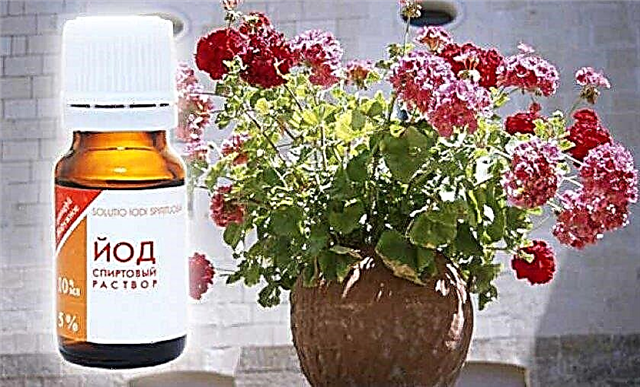
- Vitamins of group B (B6, B1, B12) - actively stimulate plant growth, and you can purchase such dressing in any pharmacy. Vitamins are necessarily introduced in the course: first, an ampoule of one type of vitamin is diluted in 2 liters of water and watered once every 7 days (only three weeks), then the procedure is completely repeated, but they take an ampoule of another type of vitamin B.
- Yeast (ordinary baking) - due to the saturated content of trace elements and minerals, with systematic feeding, plants become much stronger and have thicker bushes. Such a fertilizer is prepared quite simply: in 10 l of water add 10 g (1 sachet) of dry yeast and a few tablespoons of sugar and insist for about 2 hours. Then diluted with warm water in a ratio of 1: 5 and watered. It should be noted that when using this fertilizer, the soil must be sprinkled with ash - this holds the desired level of potassium.
- Milk - if the geranium not only stopped blooming, but also began to grow poorly, it is recommended to introduce fertilizers, which include a high content of calcium. Such dressing can be done independently if you dilute 100 ml of milk in 2 liters of water. It is recommended to enter the soil together with watering.
- Aspirin - With frequent diseases of geraniums, many gardeners are saved by aspirin. In 1 liter of water it is necessary to dissolve 1 tablet, this mixture is applied to the leaves and stem of geranium using a spray gun. This is an effective method to prevent diseases and increase the immunity of the plant.
Did you know? In oriental medicine, geranium essential oil is used in the treatment of cancer.
Many flower gardeners are divided into two camps: those who doubt the effectiveness of fertilizers with folk remedies, and those who use such methods constantly and positively respond to them. In any case, all novice gardeners will have to independently decide on the effectiveness of a particular method by trial and error.
Fertilizer Features
Using fertilizers is a great way to help the flower not lose vitality in the process of intensive development or under stress (for example, when transplanting). However, it is worth remembering that the beneficial substances that help the flower grow healthy and develop well can also be harmful if used improperly and oversaturated. Using top dressing, it is important not only to clearly follow the instructions, but also to closely monitor the condition of the plant itself.
Against yellowing leaves
Owners of geraniums often face such a common problem as yellowing leaves of a plant. Before you take any action, you need to understand the reasons that led to this state of the flower. And there can be many reasons:
Recommended Reading

- improperly selected pot sizes - a pot size of 10-12 cm in diameter and up to 15 cm in height is considered appropriate;
- incorrect irrigation mode - you need to remember that the "infrequently but plentiful" mode is the ideal option for geraniums;
- flower diseases;
- improper feeding - a large amount of nitrogen in mineral fertilizers can adversely affect the health of the flower, in this case it should be removed from the fertilizer for a while, completely replaced by phosphorus and potassium, and then use smaller doses.
When transplanting
There is a widespread belief that when applying constant dressing there is no need for transplanting a flower. But it is not so. Since the flower constantly grows and its root system grows, it is recommended to transplant once a year. There are cases of emergency transplantation - when the soil is too flooded with water and the plant begins to show signs of extinction: yellowed leaves, the appearance of rot on the stem, etc., or when the pot turned upside down and the soil with the root system was damaged. make immediately, if the substrate is used - after two months.
Important! Geranium prefers room temperature for irrigation and reacts extremely negatively to spraying leaves.
Signs of improper fertilizer
Using top dressing, you also need to know the signs of the plant's behavior when there is a shortage or, conversely, an overabundance of any substance introduced into the soil. Consider the most common of them:
- Nitrogen. An excess of nitrogen in the initial stages is manifested in the lush vegetation of geranium and the almost complete absence of flowers. The stems become soft and loose, and the flower itself is very vulnerable to fungal diseases. Subsequently, the leaves turn yellow, become covered with brown spots and curl around the edges. With nitrogen deficiency, the growth and development of the plant slows down, the foliage acquires a light green color, the stems become thin and fragile. Brown spots may appear on the lower foliage.
- Phosphorus. A large amount of phosphorus in the soil leads to a loss of the plant's ability to absorb other nutrients, which disrupts the metabolism. With a shortage - the root system ceases to develop and grow, the leaves dry out and fall off.
- Potassium. With an excessive content of potassium in the soil, there is a large delay in the growth and development of the plant, the leaves grow dull and become stained. With a shortage - the foliage loses its color, turns pale and can acquire a bluish-green color. Leaves begin to grow unevenly, lose their shape, can be wrinkled or curled.
 With a very simple, but always systematic and proper care, even a beginner grower will be able to enjoy the lush and blooming geraniums that will decorate any home with their appearance. At the same time, pelargonium easily multiplies, replants and has a rather long flowering period - all these qualities make this flower one of the favorite plants of flower growers.
With a very simple, but always systematic and proper care, even a beginner grower will be able to enjoy the lush and blooming geraniums that will decorate any home with their appearance. At the same time, pelargonium easily multiplies, replants and has a rather long flowering period - all these qualities make this flower one of the favorite plants of flower growers.


